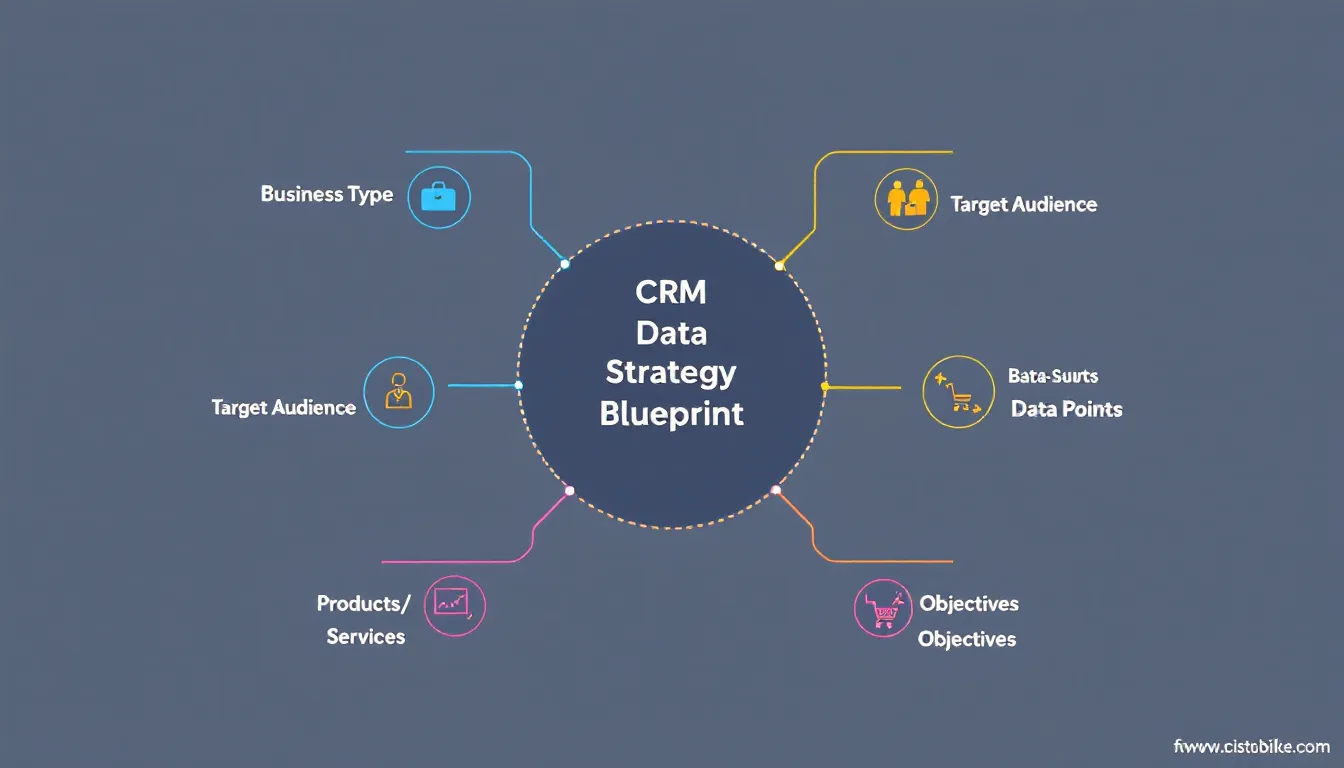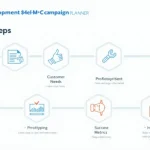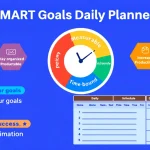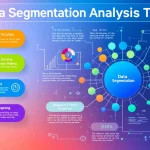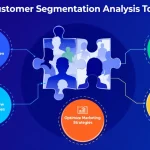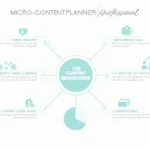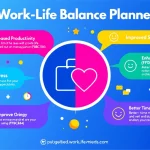Is this tool helpful?
How to Use the CRM Data Strategy Planner Effectively
The CRM Data Strategy Planner is designed to help businesses identify and organize essential customer data points for their CRM system. Here’s a detailed guide on using each field:
1. Type of Business or Industry
Enter your specific business sector. For example:
- Retail Fashion Boutique
- B2B Software Development Company
2. Main Customer Segments
Define your target audience with specific characteristics:
- Urban millennials with disposable income interested in sustainable fashion
- Mid-sized manufacturing companies seeking digital transformation solutions
3. Key Products or Services
List your offerings in detail. Examples:
- Ethical clothing line, personal styling services, and wardrobe consultation
- Custom ERP solutions, cloud migration services, and IT consulting
4. Business Objectives
Outline specific, measurable goals:
- Increase customer lifetime value by 25% within 12 months
- Reduce customer churn rate to below 5% annually
5. Data Points to Track
Specify metrics aligned with your objectives:
- Purchase frequency, average order value, style preferences
- Implementation success rates, support ticket resolution time, feature adoption rates
Understanding the CRM Data Strategy Planner
This tool helps organizations develop a comprehensive framework for collecting and analyzing customer data through their CRM system. It creates a customized strategy that aligns customer data collection with business objectives and customer needs.
Key Benefits of the CRM Data Strategy Planner
1. Strategic Alignment
- Ensures data collection supports business goals
- Creates coherent customer insights framework
- Facilitates data-driven decision making
2. Operational Efficiency
- Streamlines data collection processes
- Reduces redundant data gathering
- Improves resource allocation
3. Enhanced Customer Understanding
- Develops comprehensive customer profiles
- Identifies key touchpoints and interactions
- Enables personalized customer experiences
Practical Applications and Solutions
Example 1: Subscription-Based Service
A streaming service used the planner to identify key data points:
- Viewing patterns and preferences
- Device usage statistics
- Content completion rates
- Subscription renewal patterns
Example 2: Professional Services Firm
An accounting firm implemented these data points:
- Service utilization metrics
- Client communication frequency
- Project completion timelines
- Client satisfaction scores
Real-World Implementation Strategies
1. Data Collection Framework
Organize data collection into categories:
- Demographic information
- Behavioral data
- Transaction history
- Communication preferences
- Service interactions
2. Customer Journey Mapping
Track data points across customer lifecycle:
- Acquisition channels
- Onboarding experience
- Engagement metrics
- Retention indicators
Industry-Specific Applications
1. E-commerce
- Shopping cart behavior
- Product browsing patterns
- Return rates and reasons
- Promotional response rates
2. Healthcare Services
- Appointment scheduling patterns
- Treatment adherence
- Patient satisfaction metrics
- Referral sources
Frequently Asked Questions
1. What types of businesses can benefit from this planner?
Any business that interacts with customers can benefit, from small retail shops to large enterprises. The planner adapts to various business models and scales.
2. How often should I update my CRM data strategy?
Review and update your strategy quarterly to ensure alignment with business objectives and changing customer needs.
3. What are the essential data points for any business?
Core data points include contact information, purchase history, communication preferences, and customer service interactions.
4. How can I measure the success of my CRM data strategy?
Success indicators include improved customer satisfaction scores, increased customer lifetime value, and better response rates to marketing campaigns.
5. Can I customize the data points for my specific industry?
Yes, the planner is designed to be flexible and accommodate industry-specific metrics and requirements.
6. How does this help with customer retention?
By tracking the right data points, you can identify at-risk customers, understand customer preferences, and create targeted retention strategies.
7. What’s the relationship between CRM data and customer experience?
CRM data enables personalized experiences by providing insights into customer preferences, behavior patterns, and needs.
8. How can small businesses implement this effectively?
Start with essential data points and gradually expand based on business growth and customer feedback.
Important Disclaimer
The calculations, results, and content provided by our tools are not guaranteed to be accurate, complete, or reliable. Users are responsible for verifying and interpreting the results. Our content and tools may contain errors, biases, or inconsistencies. We reserve the right to save inputs and outputs from our tools for the purposes of error debugging, bias identification, and performance improvement. External companies providing AI models used in our tools may also save and process data in accordance with their own policies. By using our tools, you consent to this data collection and processing. We reserve the right to limit the usage of our tools based on current usability factors. By using our tools, you acknowledge that you have read, understood, and agreed to this disclaimer. You accept the inherent risks and limitations associated with the use of our tools and services.
